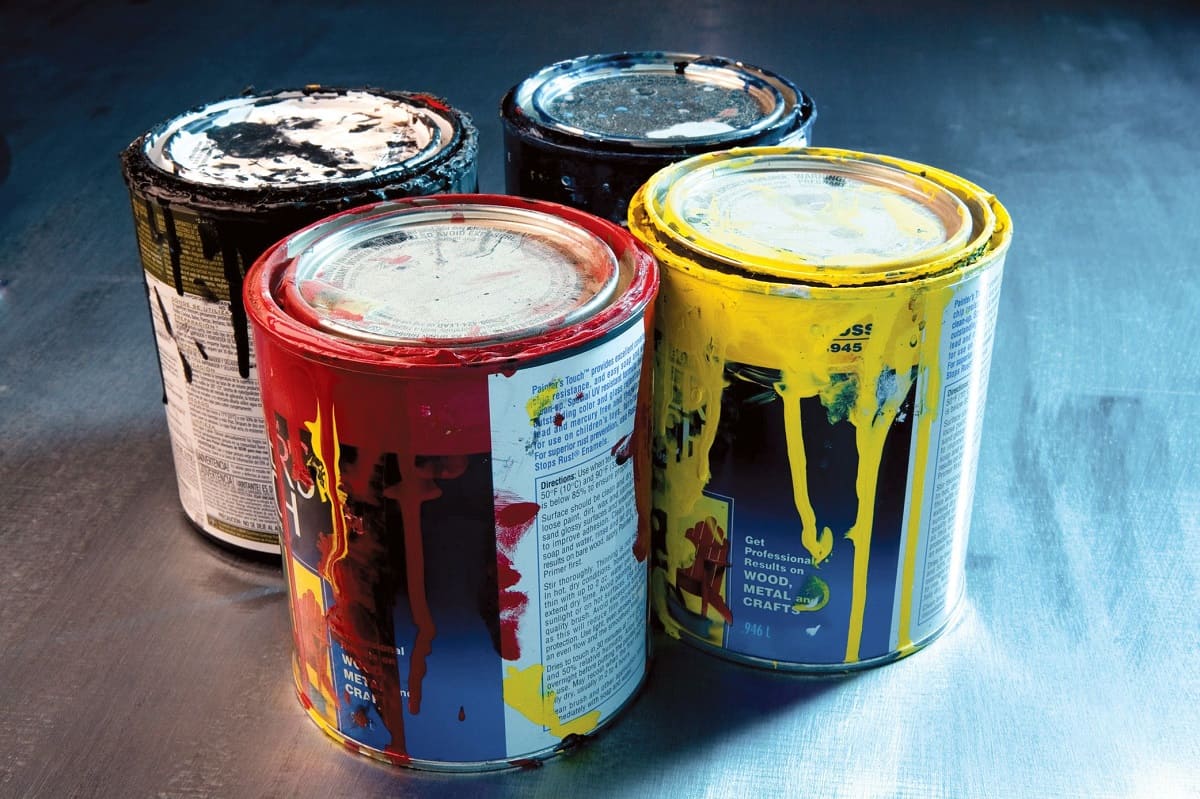

Articles
How To Store Unused Paint
Modified: January 9, 2024
Learn how to properly store unused paint with these helpful articles. Prevent waste and keep your paint fresh for future use.
(Many of the links in this article redirect to a specific reviewed product. Your purchase of these products through affiliate links helps to generate commission for Storables.com, at no extra cost. Learn more)
Introduction
Welcome to our comprehensive guide on how to store unused paint. Whether you’re a homeowner embarking on a DIY project or a professional painter working on various jobs, properly storing unused paint is essential. It not only helps to minimize waste but also ensures that you have paint that is still usable for future touch-ups or projects.
Many factors can affect the shelf life and quality of paint, so it’s essential to understand how to store it correctly to maximize its longevity. In this article, we will explore the various aspects of storing paint, including preparing it for storage, choosing the right containers, storing it indoors and outdoors, labeling and organizing tips, proper sealing techniques, checking paint condition before use, and considerations for disposal.
By following the guidelines outlined in this article, you can ensure that your unused paint stays in optimal condition for years to come, saving you time, money, and the hassle of buying new paint unnecessarily.
Key Takeaways:
- Properly storing unused paint is crucial for maintaining its quality, extending its shelf life, and minimizing waste. Understanding the shelf life, preparing the paint, choosing the right containers, and proper sealing are key steps for effective paint storage.
- When storing paint, consider factors such as temperature, light exposure, and humidity. Labeling and organizing the paint collection, checking paint condition before use, and proper disposal methods are essential for a sustainable approach to paint storage.
Read more: How To Store Unused Refrigerator
Understanding the Shelf Life of Paint
Before diving into the specifics of storing unused paint, it’s important to understand the shelf life of paint and the factors that can affect its longevity.
Typically, unopened paint cans have a shelf life of around 2-5 years, depending on the type of paint. However, once a can of paint is opened, its shelf life decreases significantly. Factors such as exposure to light, temperature fluctuations, and air exposure can all contribute to paint deteriorating more rapidly.
Water-based latex paints tend to have a shorter shelf life compared to oil-based paints. Latex paints can start to go bad after about a year, while oil-based paints can last for several years if stored properly.
To determine if your paint is still usable, start by inspecting its consistency and smell. Paint that has a thick, lumpy texture or emits a foul odor is likely spoiled and should not be used. Additionally, mold growth on the surface of the paint is a clear sign that it is no longer suitable for use.
It’s important to note that the shelf life of paint can vary depending on the brand and quality. Always refer to the manufacturer’s instructions for specific details on the shelf life and storage recommendations for the paint you are using.
Preparing the Paint for Storage
Before you can safely store unused paint, it’s crucial to properly prepare it. Taking the necessary steps will help prolong its shelf life and ensure it remains in usable condition for future use.
The first step in preparing paint for storage is to give it a good mix. Over time, the pigments in the paint can settle at the bottom of the can, causing the color to appear uneven. Take a stir stick or a paint mixer attachment for a drill and thoroughly mix the paint to achieve a consistent color and texture.
Next, inspect the paint for any impurities such as debris, dust, or dried paint flakes. These contaminants can affect the quality of the paint and lead to a rough finish when applied. Use a mesh strainer or a paint filter to strain out any unwanted particles before transferring the paint to a storage container.
If the paint has thickened or dried out, you may need to thin it using a compatible paint thinner or water, depending on whether it is oil-based or latex paint. Follow the manufacturer’s instructions on the appropriate thinning ratio and gradually add the thinner or water while stirring until you achieve a smooth, pourable consistency.
It’s also essential to clean the rim and lid of the paint can to ensure a tight seal. Paint residue on the rim or dried paint on the lid can compromise the airtightness of the container. Use a clean cloth or paper towel to wipe away any excess paint and make sure the lid is tightly secured.
By taking these steps to prepare and clean the paint, you’re setting a solid foundation for proper storage and ensuring the paint remains in good condition for an extended period.
Choosing the Right Containers
Once you have prepared the paint for storage, the next important step is to select the right containers. Choosing suitable containers will help maintain the integrity of the paint and prevent it from spoiling.
When it comes to choosing containers for paint storage, there are a few key considerations to keep in mind:
- Tight-Sealing: The containers you use should have an airtight seal to prevent air from getting inside. This will minimize the chances of the paint drying out or becoming thick and unusable. Look for containers with secure lids that can be tightly sealed to create a barrier against air.
- Size: Opt for containers that are appropriately sized for the amount of paint you have. It’s best to choose containers that are smaller than the original paint can if you have only a small amount of paint left. This will reduce the air space inside the container, minimizing the possibility of paint deterioration.
- Material: The material of the containers is crucial for preserving the paint. Ideally, choose containers made of high-quality plastic or metal that are resistant to corrosion and can provide a reliable barrier against external elements.
- Transparency: While not essential, transparent or translucent containers can be beneficial. They allow you to easily identify the color and condition of the paint without having to open the container.
- Labeling: Ensure the containers are designed for easy labeling. This will allow you to identify the color, brand, and date of the paint easily. Use waterproof and fade-resistant labels or permanent markers to mark the containers accurately.
Overall, selecting the appropriate containers for storing unused paint is essential for maintaining its quality and usability. Keep these factors in mind to make the best choices for your specific needs.
Storing Paint Indoors
Storing paint indoors provides a controlled environment that helps maintain the quality and longevity of the paint. Here are some tips for storing paint indoors:
- Temperature: Paint should be stored in a temperature-controlled area, ideally between 50 to 77 degrees Fahrenheit (10 to 25 degrees Celsius). Extreme temperatures, both hot and cold, can degrade the quality of the paint. Avoid storing paint near direct sources of heat, such as radiators or heaters.
- Light: Exposure to light can cause paint to deteriorate and discolor. Store paint away from direct sunlight or any other sources of UV light. Consider using opaque containers or placing the containers in a dark storage area to minimize light exposure.
- Location: Choose a dry and well-ventilated location for storing paint. Humidity can cause condensation, which can affect the paint’s consistency and quality. Avoid storing paint in basements or areas prone to moisture, as this can lead to mold growth or rusting of metal containers.
- Position: Store paint containers upright to prevent leakage or spillage. This also helps to maintain the integrity of the airtight seal and prevents paint from settling unevenly at the bottom of the container.
- Organize: Keep your paint collection organized by grouping similar colors or types of paint together. This makes it easier to locate specific paints when needed and allows for better inventory management.
By following these guidelines, you can create an optimal indoor storage environment for your paint, ensuring it remains in good condition and is ready to use when you need it.
Read more: How To Store Unused Caulk
Storing Paint Outdoors
While storing paint indoors is ideal, there may be instances where storing paint outdoors is necessary. If you don’t have adequate indoor storage space or if you’re working on a project that requires easy access to the paint, here are some tips for storing paint outdoors:
- Sheltered Area: Look for a covered or sheltered area in your yard or garage where you can store the paint. This will protect the containers from direct exposure to the elements, such as rain, snow, and sunlight.
- Climate Considerations: Take into account the climate in your area. Extreme temperatures can impact the quality of the paint. In hot climates, consider storing the paint in a cool, shaded area to prevent it from overheating. In cold climates, ensure the paint is protected from freezing temperatures, as this can cause the paint to separate or become unusable.
- Elevated Storage: Keep the paint containers off the ground by using pallets or shelves. This will prevent moisture from seeping into the bottom of the containers and causing damage.
- Coverage: Use a waterproof tarp or plastic sheet to cover the paint containers. This will provide an additional layer of protection against rain, snow, and dust. Ensure the covering is secure and does not allow any water to seep inside.
- Regular Inspections: Regularly inspect the paint containers for any signs of damage, such as rust, leaks, or mold growth. If you notice any issues, transfer the paint to a new container or consider moving it indoors to prevent further damage.
It’s worth noting that while outdoor storage may be necessary in some situations, it is generally recommended to store paint indoors whenever possible to ensure optimal longevity and quality.
By following these outdoor storage guidelines, you can minimize the impact of external elements on the paint and ensure it remains usable for future projects.
Store unused paint in a cool, dry place away from direct sunlight and extreme temperatures. Make sure the lid is tightly sealed and store the paint upside down to create a better seal.
Tips for Labeling and Organizing
Properly labeling and organizing your stored paint not only helps you easily locate the colors and types you need but also ensures that you can track the paint’s age and condition. Here are some tips for effective labeling and organizing:
- Labeling: Clearly label each paint container with relevant information such as the color, brand, and date of purchase or mixing. This will help you quickly identify the paint you need and ensure you use the oldest paint first to avoid waste.
- Color Samples: Consider creating color samples or small paint swatches on separate cards or labels and attaching them to the corresponding paint containers. This makes it easier to match colors without having to open each container.
- Inventory List: Maintain an inventory list of the stored paint, including details such as the color, quantity, and location. This will help you keep track of the paint you have on hand and prevent duplicate purchases.
- Grouping: Group similar colors or types of paint together. This could be done by creating sections or shelves for different paint categories. For example, you might have a section for interior paints, exterior paints, or specific color families.
- Storage Containers: If you have multiple containers of the same color, consider grouping them together in a larger container to keep them organized and easily accessible.
- Accessibility: Arrange the paint containers in a way that allows for easy access. Place frequently used or recent purchases within reach and less frequently used paints towards the back or higher shelves.
- Proper Handling: Avoid stacking paint containers on top of each other as it can lead to leakage, damage, or difficulty in accessing the paint at the bottom. Instead, arrange them side by side or use storage racks or shelves.
By implementing these labeling and organizing tips, you will have a well-organized paint storage system that enables you to find and use the paint you need efficiently.
Properly Sealing the Containers
Ensuring that paint containers are properly sealed is critical to maintaining the quality and usability of the paint. Proper sealing prevents the paint from drying out, becoming thick, or being exposed to air and contaminants. Here are some tips for properly sealing paint containers:
- Clean the Rim: Before sealing the container, make sure to clean the rim to remove any dried paint or debris. This will help create a tight and secure seal between the lid and the container.
- Use Plastic Wrap: To provide an additional layer of protection, you can place a plastic wrap or plastic bag over the opening of the paint can before closing it with the lid. This helps create a barrier against air and keeps the paint from drying out.
- Tap the Lid: After closing the lid, tap lightly on the edges with a rubber mallet or a block of wood to ensure a snug fit and proper sealing.
- Consider Transfer to Smaller Containers: If you have only a small amount of paint remaining in a large can, consider transferring it to a smaller container. This reduces the amount of air in the container, minimizing the chances of the paint drying out or thickening.
- Ensure Airtightness: Ensure that the seal on the lid is airtight. You should not be able to easily pry it open with your fingers. If the original lid is damaged or no longer seals properly, consider transferring the paint to a new container with a secure and tight-fitting lid.
- Store Containers Upright: Store the paint containers in an upright position. Storing them on their sides or upside down can lead to leaks and compromise the airtight seal.
- Regularly Check Seal: Periodically inspect the sealed containers for any signs of damage or leakage. If you notice any issues, transfer the paint to a new container or address the seal to ensure the integrity of the paint.
- Label the Sealed Containers: Don’t forget to label the sealed containers with relevant information, including the color, brand, and date of storage. This will help you easily identify the paint and track its age.
By properly sealing the containers, you can preserve the quality and extend the shelf life of the paint, ensuring that it remains fresh and usable for future projects.
Checking Paint Condition Before Use
Before using stored paint for a new project or touch-up, it’s important to check its condition to ensure it is still usable. Here are some steps to follow when checking the condition of paint:
- Inspect the Smell: Give the paint a sniff. If it has a strong, foul odor, it is likely spoiled and should not be used. Fresh paint typically has a mild, chemical odor, but if it smells rancid or has a strong musty smell, it’s best to discard it.
- Examine the Consistency: Open the container and visually inspect the paint. It should have a smooth, uniform consistency without lumps, clumps, or separation. If the paint appears chunky, curdled, or has separated into layers, it is no longer suitable for use.
- Check for Mold: Look for any signs of mold growth on the surface of the paint. Mold can appear as fuzzy, discolored patches, and it indicates that the paint has been contaminated and should be discarded.
- Test the Stirring: Use a stir stick or paint mixer attachment and stir the paint vigorously. If it mixes easily and becomes smooth, it is likely still usable. However, if the paint remains chunky or the texture feels gritty, it is a sign of degradation and should not be used.
- Perform a Test Sample: If you’re unsure about the paint’s condition, consider performing a test sample on a small inconspicuous area. Apply a coat of paint and observe how it dries and adheres. If there are issues like poor adhesion, streaking, or an uneven finish, it’s best to discard the paint.
It’s important to note that even if the paint passes these checks, always perform a final visual inspection before applying it to a larger area. Sometimes paint that appears initially usable may exhibit problems when applied on walls or other surfaces.
Remember, using paint that is in poor condition can lead to unsatisfactory results and may require additional time and effort to rectify. When in doubt, it’s safer to discard old or questionable paint and invest in quality, fresh paint for your projects.
Read more: How To Store Unused Onion
Considerations for Disposal of Unused Paint
Proper disposal of unused paint is essential to ensure environmental safety and compliance with local regulations. Here are some considerations to keep in mind when disposing of unused paint:
- Check Local Regulations: Research and understand the specific regulations for paint disposal in your area. Some regions have guidelines regarding the proper disposal methods and facilities available for paint disposal.
- Donate or Share: If you have usable paint that you no longer need, consider donating it to community organizations, schools, or charities. You can also reach out to friends, family, or neighbors who might be interested in using the paint.
- Dry Out Latex Paint: If you have small amounts of latex paint left, you can allow it to dry out by removing the lid and letting it sit for a few days in a well-ventilated area. Once the paint has dried completely, it can be disposed of with regular household trash.
- Recycle Oil-Based Paint: Oil-based paint is considered hazardous waste and should not be disposed of in regular trash. Contact your local recycling or hazardous waste disposal facility to inquire about the proper procedures for recycling or disposing of oil-based paint.
- Hazardous Waste Collection: If you’re unsure about how to dispose of paint, contact your local waste management authority or a hazardous waste collection facility for guidance. They can provide information on proper disposal methods and scheduled collection events.
- Reuse Containers: Empty paint cans or containers can be reusable. Clean them thoroughly, and check if they are made of recyclable materials. Check local recycling guidelines to determine if these containers can be recycled or if they should be disposed of with regular trash.
- Dispose Properly: When disposing of paint, it’s important to take precautions to avoid spills or leaks. Seal the paint containers tightly to prevent any accidental spills, and transport them in a secure manner to the designated disposal facility.
Proper disposal of unused paint is crucial for the environment and public health. By following the appropriate guidelines and regulations, you can ensure that you dispose of paint in a responsible and eco-friendly manner.
Conclusion
Properly storing unused paint is essential for maintaining its quality, extending its shelf life, and minimizing waste. By following the guidelines outlined in this comprehensive guide, you can ensure that your paint remains in optimal condition for future use. Here are the key points to remember:
Understanding the shelf life of paint is crucial. Different types of paint have varying longevity, and factors such as exposure to light, temperature fluctuations, and air exposure can affect its quality.
Preparing the paint for storage involves thorough mixing, straining out impurities, and thinning if necessary. These steps help ensure that the paint is in an optimal state for storage.
Choosing the right containers is important to maintain the paint’s integrity. Select containers that are tight-sealing, appropriately sized, made of suitable materials, and easy to label and organize.
Whether storing paint indoors or outdoors, ensure that the storage location is suitable in terms of temperature, light exposure, and humidity. Organize the paint collection and keep it in an accessible and organized manner to facilitate quick and efficient retrieval.
Properly sealing the containers is crucial to prevent air exposure and maintain the paint’s freshness. Clean the rim, use plastic wrap for added protection, and ensure an airtight seal to minimize paint degradation.
Before using stored paint, always check its condition by inspecting the consistency, smell, and the presence of mold. Perform a test sample to ensure the paint is suitable for your project.
Finally, when it comes to disposing of unused paint, research and follow local regulations. Consider donation or sharing, drying out latex paint before disposal, recycling oil-based paint, and properly disposing of containers.
By implementing these practices, you can ensure that your unused paint remains viable for future projects, reduce waste, and contribute to a more sustainable approach to home improvement and painting. Remember to always follow manufacturer instructions and consult local regulations for specific guidance on paint storage and disposal.
Frequently Asked Questions about How To Store Unused Paint
Was this page helpful?
At Storables.com, we guarantee accurate and reliable information. Our content, validated by Expert Board Contributors, is crafted following stringent Editorial Policies. We're committed to providing you with well-researched, expert-backed insights for all your informational needs.
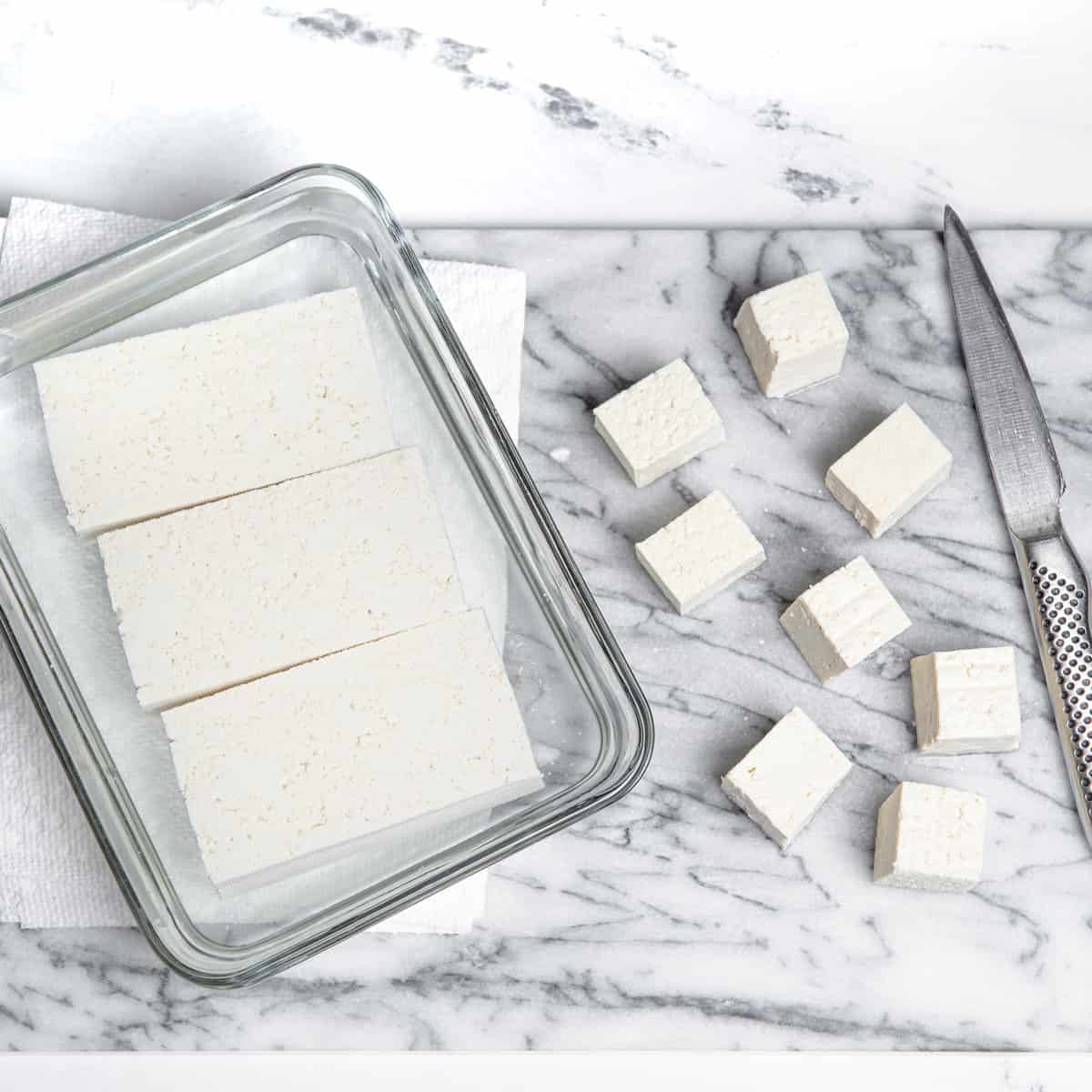

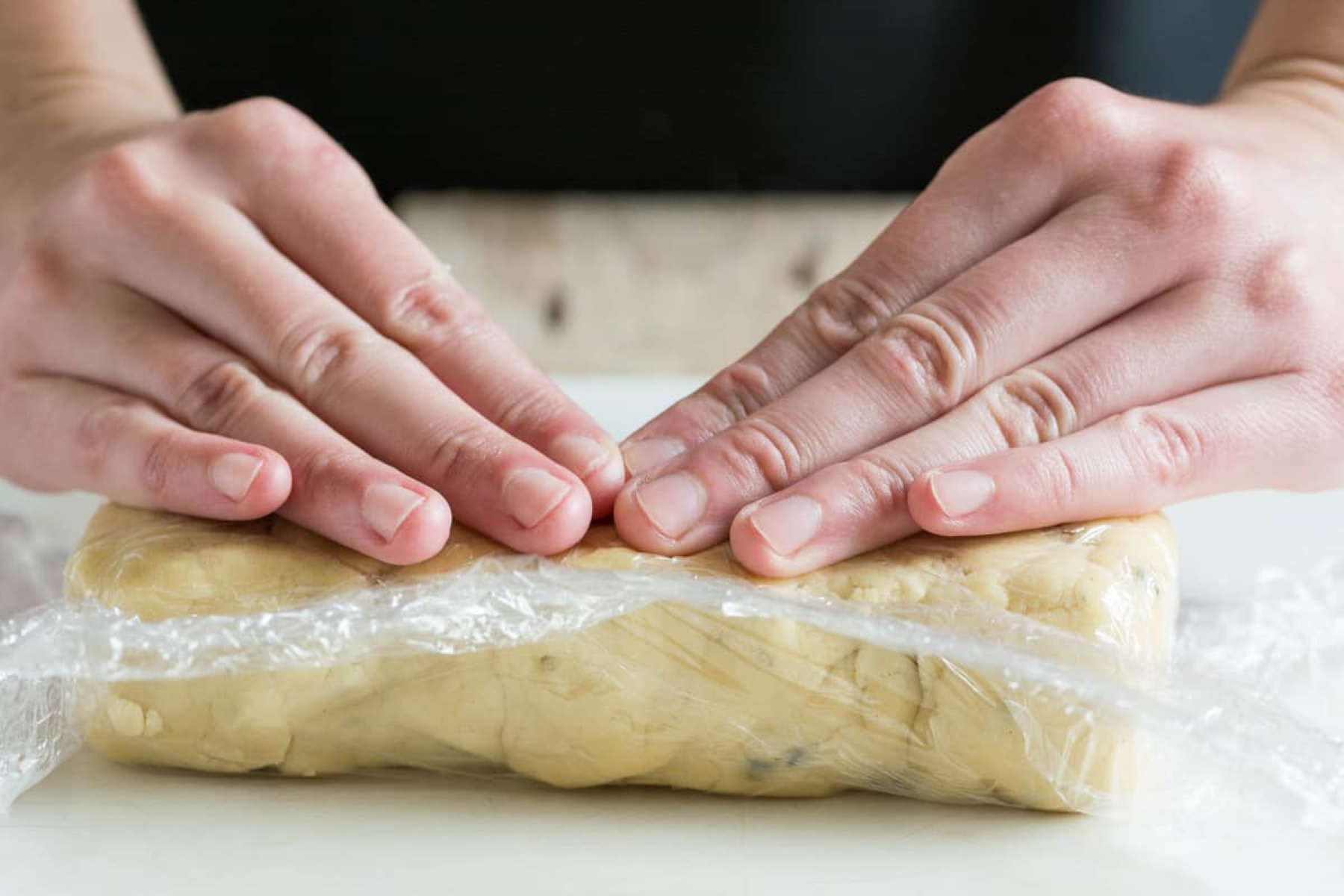
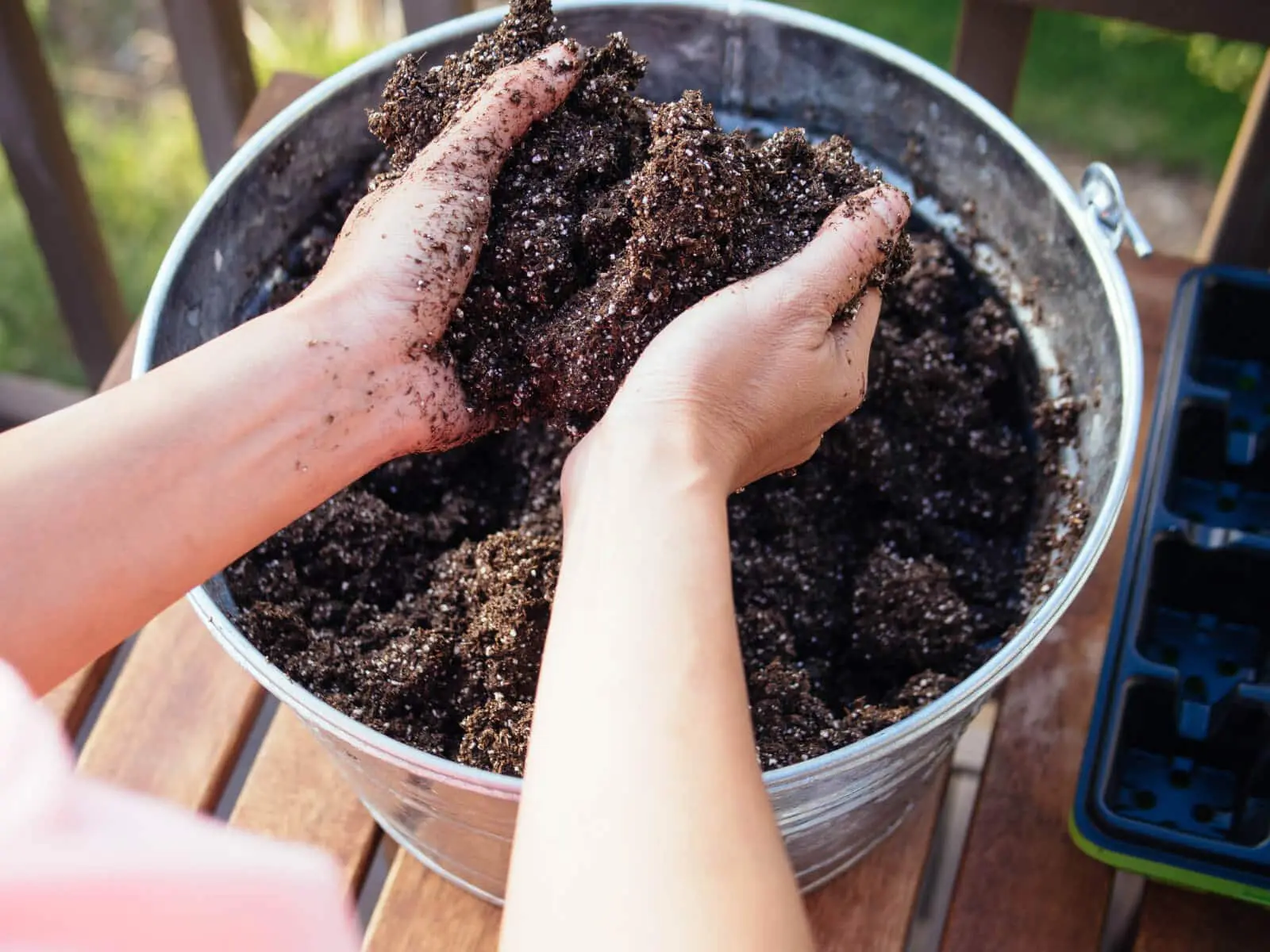
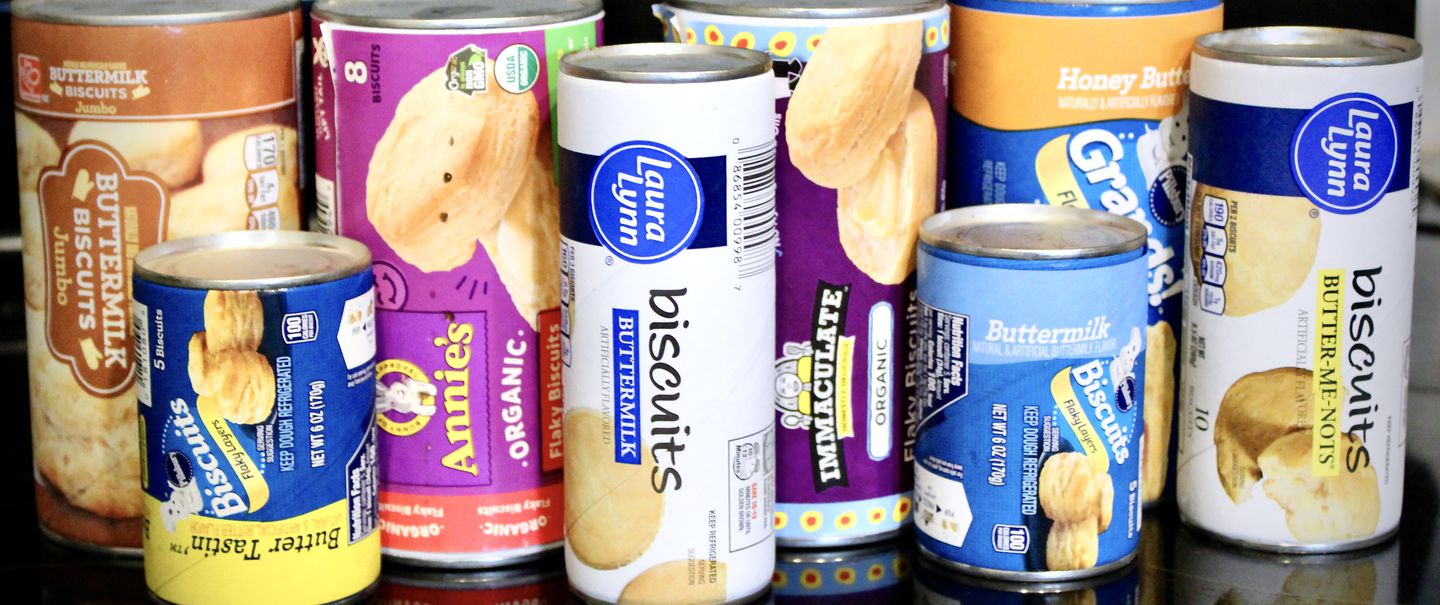


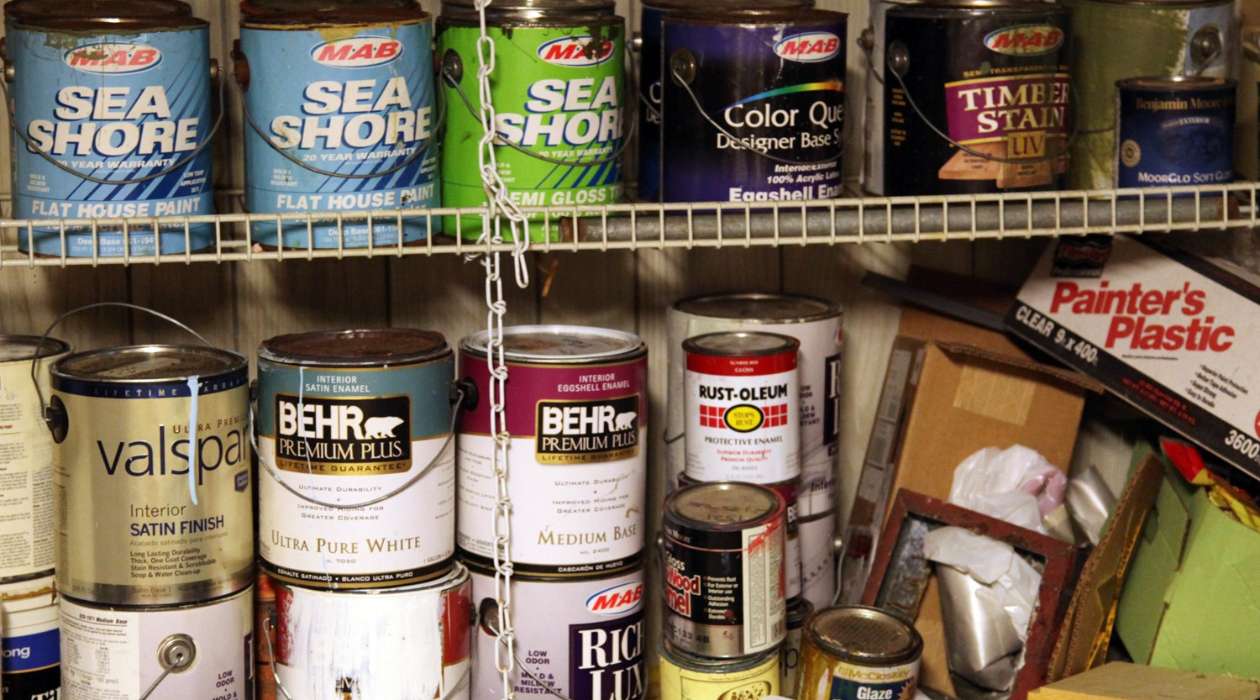


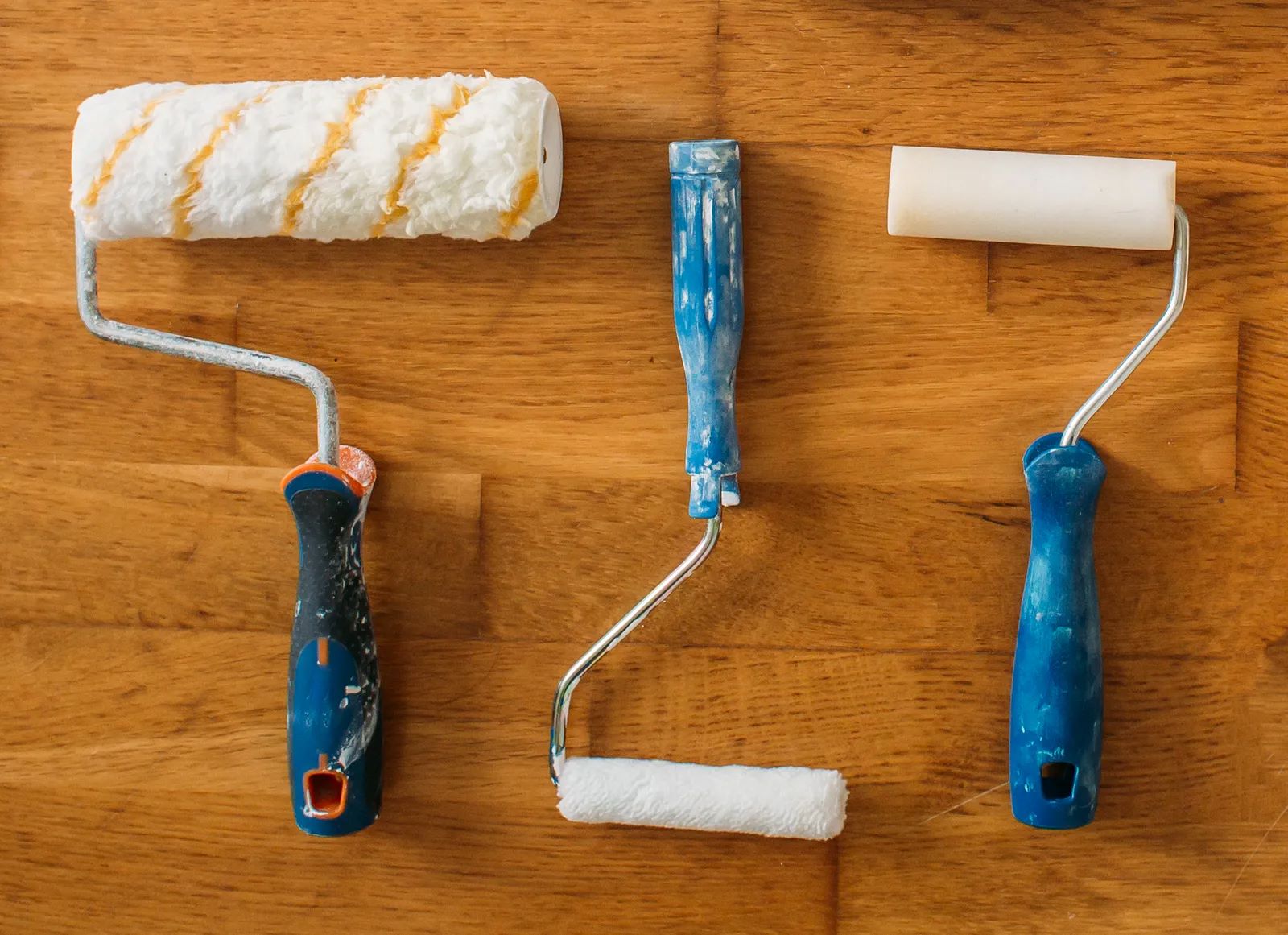
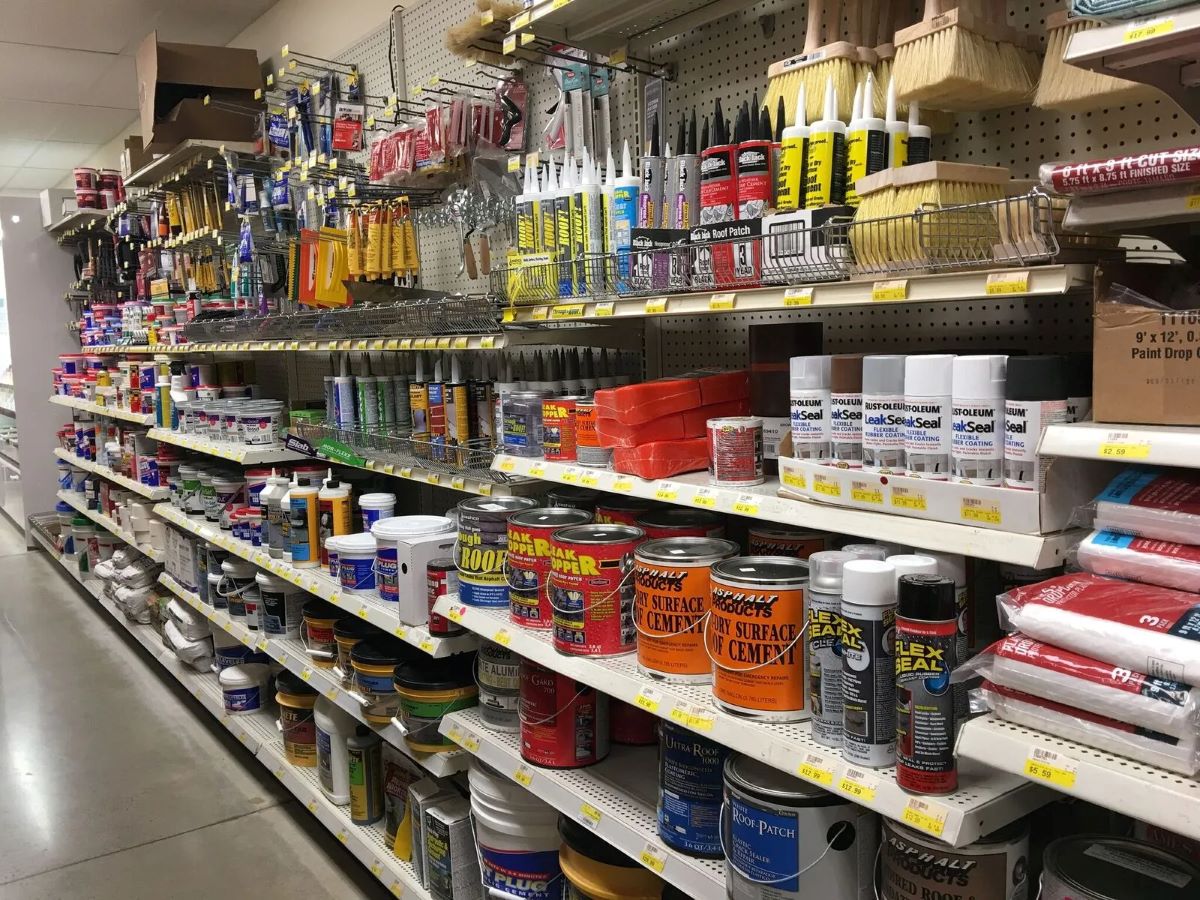
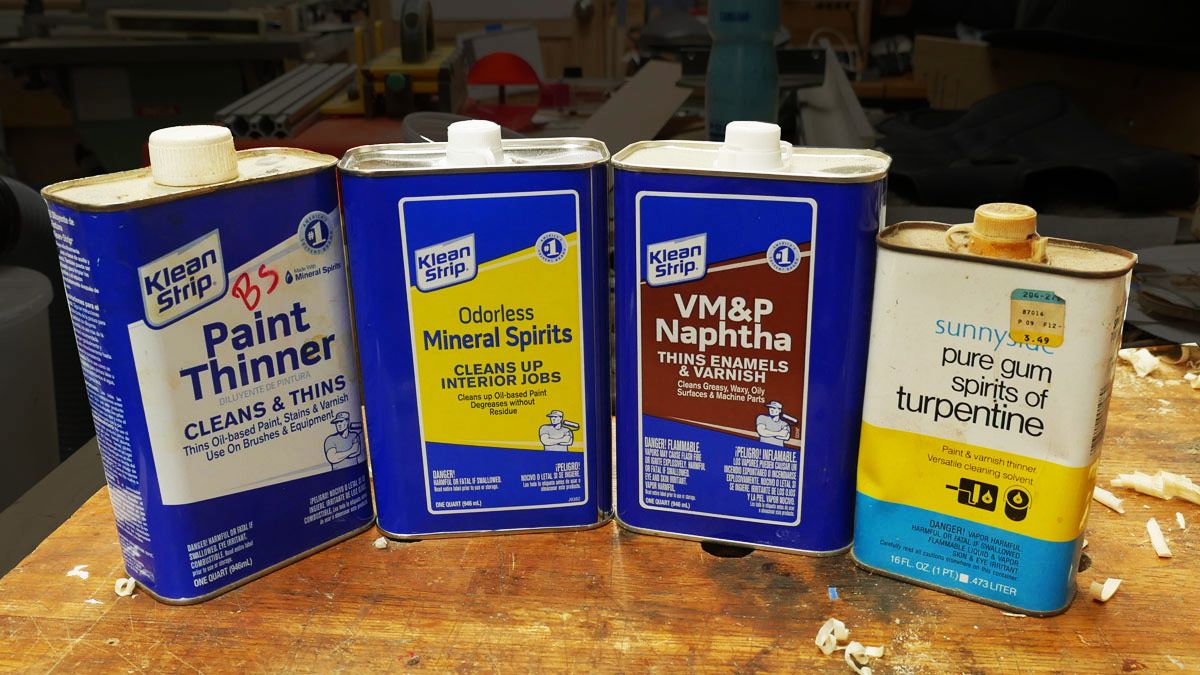

0 thoughts on “How To Store Unused Paint”